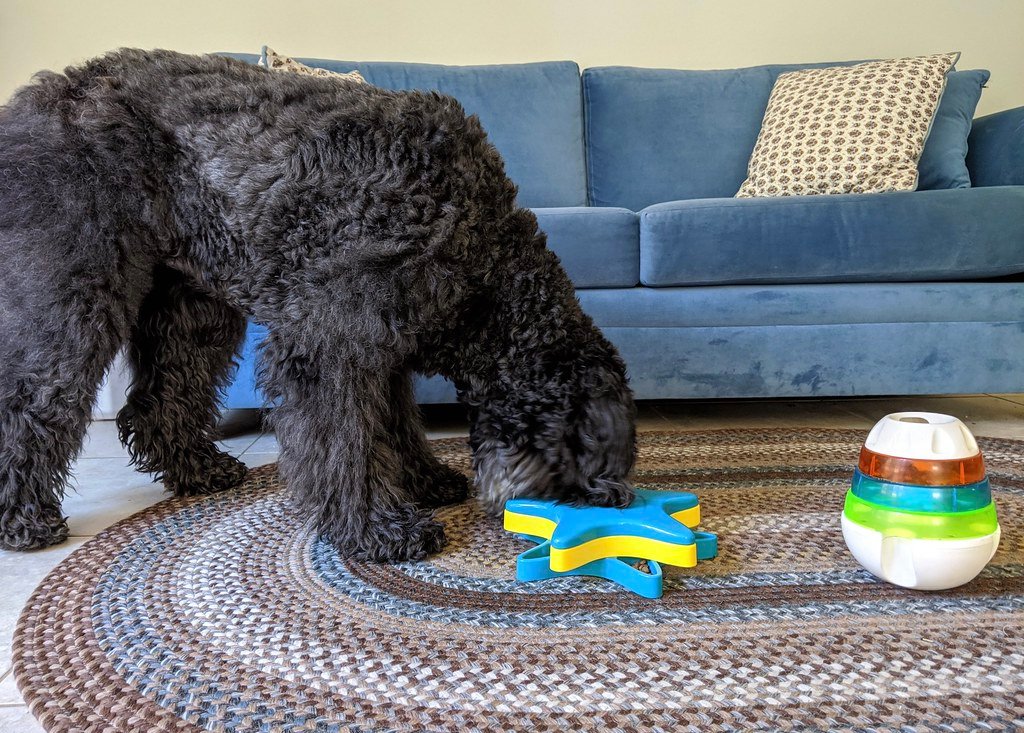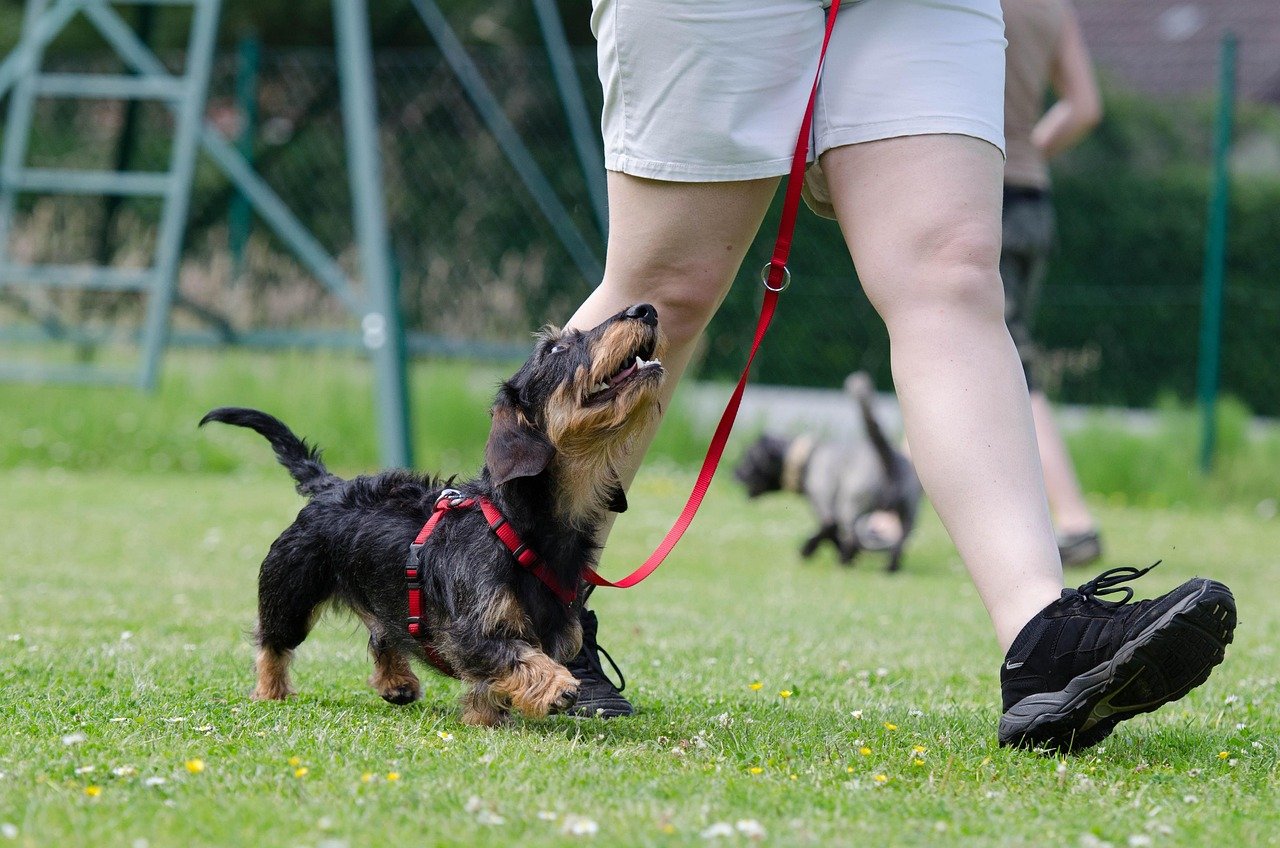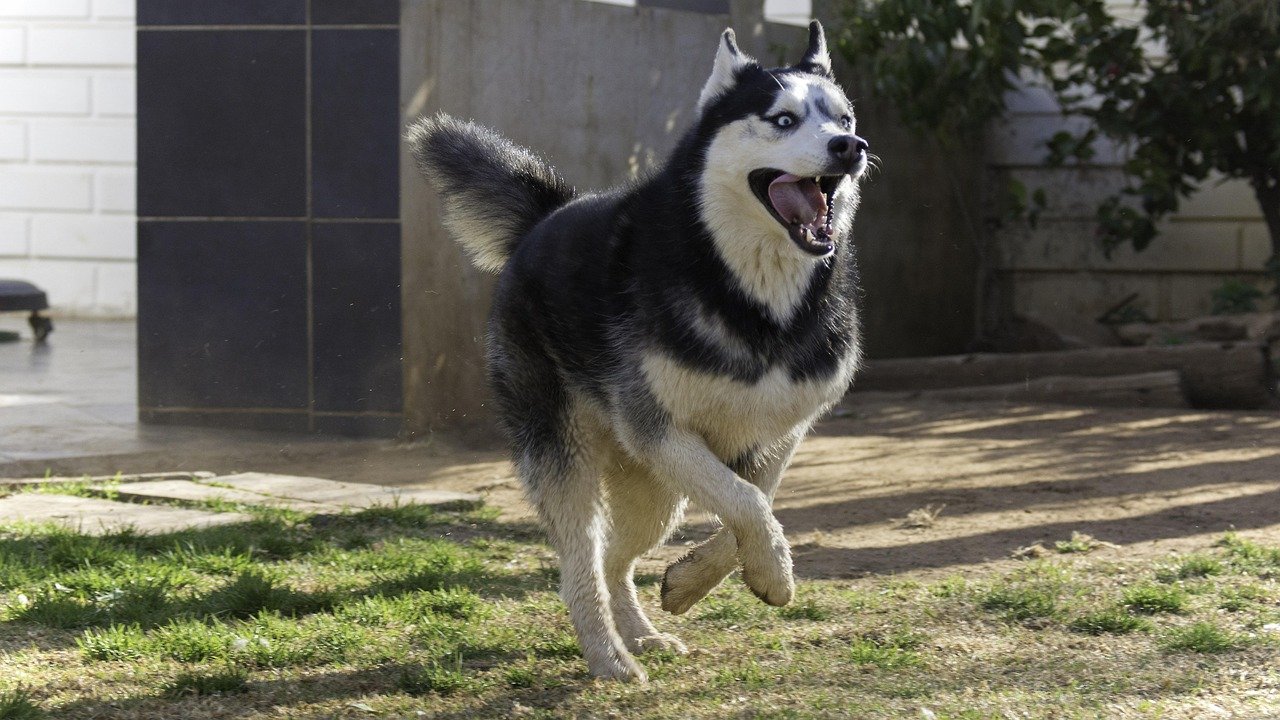Training a stubborn dog can feel like you’re caught in an endless game of tug-of-war with your four-legged friend. The thing is, your dog isn’t actually trying to frustrate you on purpose. Most of what we label as “stubbornness” often stems from independence, confusion, or simply being overwhelmed by the situation at hand.
What makes this even more interesting? Some breeds like Huskies, Bulldogs, and Beagles are often perceived as stubborn due to their independent nature. However, this doesn’t mean they can’t be trained; it may just require a different approach. The key lies in understanding your dog’s unique personality and working with their natural instincts rather than against them.
Focus on High-Value Rewards That Actually Matter

Here’s the thing about stubborn dogs – they’re often incredibly smart and selective about what motivates them. High-value rewards such as favorite treats, special toys, or extra playtime are powerful motivators for stubborn dogs during training sessions. These rewards capture your dog’s attention and enthusiasm, making them more receptive to learning and obeying commands. By offering rewards that hold significant value to your dog, owners can increase their motivation and reinforce positive behaviors effectively.
Think about it like this: if someone offered you a stale cracker versus your favorite dessert for completing a task, which would get you more excited? Your dog thinks the same way. When training stubborn breeds, the reward needs to be irresistible. Experiment with different treats, toys, or even activities to discover what truly makes your dog’s tail wag with enthusiasm.
Keep Training Sessions Short and Sweet

Stubborn dogs often have short attention spans. Keep training sessions brief—around 5-10 minutes—and focus on one command at a time. End on a positive note, even if it’s just getting them to sit for a second. This might seem counterintuitive when you’re eager to see progress, but shorter sessions are actually more effective than marathon training attempts.
Consider this: The magic number is about 3 to 4 minutes per skill session. For example, practice teaching your dog to lie down for a few minutes after you put your lunch in the microwave or during a television commercial break. If you truly only practice as long as your dog is able to focus and make the training engaging and fun, I promise that your dog’s attention span will improve. Especially for puppies it is astonishing how drastically their focus increases with the right approach.
Master the Art of Positive Reinforcement

Positive reinforcement training involves rewarding desired behaviors with treats, attention, or other rewards to encourage repetition. This approach focuses on reinforcing positive behaviors rather than punishing undesirable ones, creating a positive association with training and promoting a willingness to learn. It’s like building a friendship with your dog based on mutual respect rather than fear.
The magic happens when you catch your dog doing something right, even if it’s small. Use plenty of praise, belly rubs, playtime, and dog bone chew time as rewards. The key is making good behavior feel like they just hit the jackpot. They build positive feelings around performing commands. Their trust that you’re not trying to “keep them from doing their job” grows. This builds a training environment where your dog actually wants to participate.
Break Commands Into Manageable Steps

Imagine learning to drive a car and being expected to master highway driving on your first lesson – overwhelming, right? The same principle applies to dog training. Let’s say your dog isn’t responding to “stay”. Instead of expecting a full stay from across the room, break it into manageable chunks. Stay close to them. Take a step away and say {their name}, Stay. If they stay for even 1-2 seconds, reward them with an irresistible dog treat, praise, and pets. Gradually increase the distance and the duration you expect them to stay to get a tasty treat they love. Taking it a step at a time, helps you—and them—not feel overwhelmed or confused about why you suddenly want them to stay away from you. Put yourself in their doggy shoes.
This gradual approach builds confidence in both you and your dog. Each small success creates momentum for the next step, making the entire learning process feel achievable rather than impossible.
Create Mental Stimulation Beyond Basic Training

Incorporating mental stimulation into training sessions is equally important for independent dogs, as it helps keep their minds engaged and prevents boredom. Activities such as obedience training, puzzle toys, scent work, or agility exercises challenge your dog’s cognitive abilities and provide opportunities for learning and problem-solving. Mental stimulation helps prevent behavioral issues associated with boredom and enriches your dog’s overall quality of life.
Think of mental stimulation as the secret weapon in your training arsenal. Dogs are incredibly smart animals, so mental stimulation is just as important for them as physical exercise. Mental exercises can actually make dogs even more tired than physical exercise. This is especially important for high-energy working dog breeds such as German Shepherds, Border Collies, Australian Shepherds, and Australian Cattle Dogs. In fact, many destructive behaviors in dogs can be resolved simply by implementing mental exercises every day. A mentally tired dog is often more receptive to learning new commands.
Practice Patience and Consistency Above All

Patience and consistency are fundamental principles in training stubborn dogs. Establishing clear boundaries, maintaining a calm and assertive demeanor, and providing consistent guidance are key components of successful training. By maintaining patience and consistency, owners can gradually modify their dog’s behavior and instill desirable habits. This isn’t just about dog training – it’s about building a relationship based on trust and understanding.
Your dog can sense your emotions, and frustration often leads to setbacks. Remember, frustration won’t help your dog learn—it will only make them shut down. Take deep breaths and keep your cool. Dogs respond best to positive reinforcement training, not punishment. When you approach each session with genuine patience, you create an environment where learning can actually happen.
Understand Your Dog’s Unique Personality and Breed Traits

Not all dogs are created equal, and that’s actually a beautiful thing. Certain breeds possess inherent characteristics that may come across as stubbornness. For instance: Terriers: Known for their independent nature, terriers often prioritize their own instincts. Bulldogs: These dogs can be surprisingly willful, enjoying leisurely pace over swift compliance. Sighthounds: Their strong prey drive can divert attention from commands.
Understanding these breed characteristics isn’t about making excuses – it’s about working smarter, not harder. Stubborn dogs aren’t “bad.” They’re independent! Just like humans, dogs have personalities. And some breeds share a strong-willed nature. Shibu Inus, Beagles, and Dachshunds often get this “stubborn” label. What do these dog breeds have in common? They were bred to be hunting dogs. They have to think and outsmart prey. They race ahead of their people, corner an animal, and then wait for the slow humans to catch up. They’re less inclined to follow commands like come or stay because they “know better”. Why are their silly humans trying to stop them from doing their job? When you understand the “why” behind the behavior, you can adjust your approach accordingly.
End Every Training Session on a Positive Note

This final strategy might be the most crucial one of all. If they’re trying to learn something new and just not getting it, go back to something they know. Let them nail it. Reward them. And then stop the session. You’re making sure the last memory of training is a good one. This will make them more eager to train next time. Think of it as leaving your dog with a positive taste in their mouth about the entire experience.
This approach transforms training from a potential source of stress into something your dog actually looks forward to. At our latest check-in they told me that it now is them that end the sessions because they are done – the pup (at only 4 months old) trains with perfect attention for 15 minutes and more. This is exactly what you are going for – the dog should be a bit bummed that the great training session is already over! When your dog starts wanting more training time rather than trying to escape it, you’ll know you’ve cracked the code.
Conclusion

Training a stubborn dog isn’t about breaking their spirit or forcing compliance – it’s about building a partnership where both of you can succeed together. The most “difficult” dogs often become the most rewarding companions once you find the right approach that resonates with their unique personality.
Remember, what we call stubbornness is often just intelligence, independence, or confusion wrapped up in fur and four legs. By focusing on positive reinforcement, keeping sessions short and engaging, understanding your dog’s breed traits, and always ending on a high note, you’re not just training commands – you’re building a relationship that will last a lifetime.
Have you ever noticed how the dogs that challenge us the most often end up teaching us the most about patience, creativity, and unconditional love?

Born and bred in South Africa, a Capetonian at heart. Amy-Leigh’s love for nature and animals was inherited from her Dad. He loves taking the family on road trips to experience nature at its finest; Amy-Leigh’s favourite being whale watching in Hermanus and spotting Kudu along the West Coast. Amy-Leigh holds a BA in English Literature and Communication Studies.






